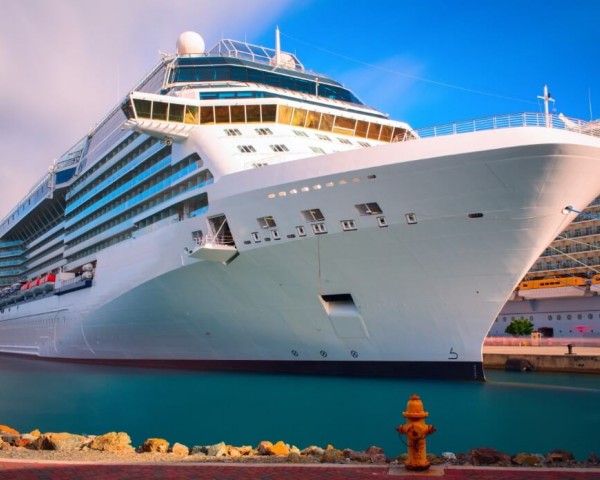The resurgence of the cruise tourism sector following the pandemic has sparked meaningful discussions about their environmental impact and the effects of mass tourism on popular destinations.
Despite criticism, the industry thrives, surpassing pre-pandemic levels with over 31.7 million passengers in 2023. However, this tourism boom has created tensions with residents and underscored the urgent need to make cruise tourism more sustainable.
The Overexploitation of Cruise Destinations
In recent years, many iconic destinations have had to implement drastic measures to limit the number of tourists arriving by cruise ship. Venice, one of the most famous cities in the world, has banned large passenger ships from docking in its port due to environmental concerns and the saturation of its historic center. Although cruise lines have redirected their itineraries to nearby ports such as Trieste and Ravenna, the situation remains unacceptable for many local communities.
Other locations, such as the Greek island of Santorini and the city of Juneau in Alaska, are experiencing similar challenges. Santorini, which sees many cruise passengers exceeding its population capacity, has imposed limits on the number of ships that can dock each day. Meanwhile, Juneau faces an influx of 1.6 million visitors annually, prompting authorities to plan a cap on the number of daily passengers starting in 2026.
The discomfort and tensions are not confined to the Mediterranean islands or Alaskan ports. In cities like Barcelona and Amsterdam, residents have actively demonstrated against overcrowding and the environmental impact of cruise tourism, even blocking the passage of cruise ships in protest.
The Environmental Impact of Cruise Ships
The environmental damage caused by cruise ships extends beyond just tourist congestion. For years, the industry has faced criticism for its high carbon emissions and the destruction of marine ecosystems. Large ships carrying thousands of passengers consume vast amounts of fossil fuel, contributing significantly to climate change. Their passage through the waters also impacts marine ecosystems and coral reefs, altering the areas’ biodiversity.
These mega-ships have a substantial environmental footprint and often overwhelm smaller destinations.
New Strategies for Sustainable Cruising
The pressure on the cruise industry to adopt more environmentally responsible practices has led many cruise lines to commit to achieving net-zero emissions by 2050. This ambitious goal is supported by various technological and operational measures aimed at reducing the environmental impact of travel.
One prominent strategy involves reducing overcrowding in ports. Many cruise lines are implementing staggered itineraries to ensure that no more than one ship docks at a port simultaneously. For instance, in Mykonos, ships now arrive at different times throughout the day, easing the strain on local infrastructure and enhancing the tourist experience.
Another growing trend is the acquisition of private islands by large cruise companies. These exclusive destinations allow passengers to enjoy beautiful landscapes without the stress of mass tourism found in popular locations. Disney, for example, owns two private islands in the Bahamas, while Royal Caribbean has introduced its paradise at Perfect Day at Coco Cay. This trend will expand further, with new islands and private beach clubs expected in the coming years.
Technology Initiatives and Collaborations for a Sustainable Future
Cruise lines also adopt cleaner technologies to minimize their carbon footprint and the impact on marine ecosystems. According to CLIA (the Cruise Lines International Association), advances include more sustainable fuels and flexible propulsion systems that allow bio LNG, methanol, and synthetic LNG as these fuels become more accessible.
In addition, many cruise companies are implementing advanced wastewater treatment systems, ensuring no untreated water is dumped into the sea. Some vessels have also started recycling up to 90% of their waste and using the excess heat from their engines to heat water, thus reducing the consumption of local resources. As for underwater noise and vibrations, technologies are being developed to minimize these negative effects and protect marine life.
A Sector in Transformation
Cruise tourism continues to be an important part of the travel industry, but growing concerns about sustainability are prompting essential changes. Under pressure from local authorities, consumers, and environmental organizations, cruise companies are adapting to this new reality. Soon, technological advancements and changes in operations could make cruise travel a greener and more responsible option. However, the sector still faces significant challenges balancing economic growth with protecting destinations and the environment. Only time will tell if cruise lines can successfully navigate these complex issues.













